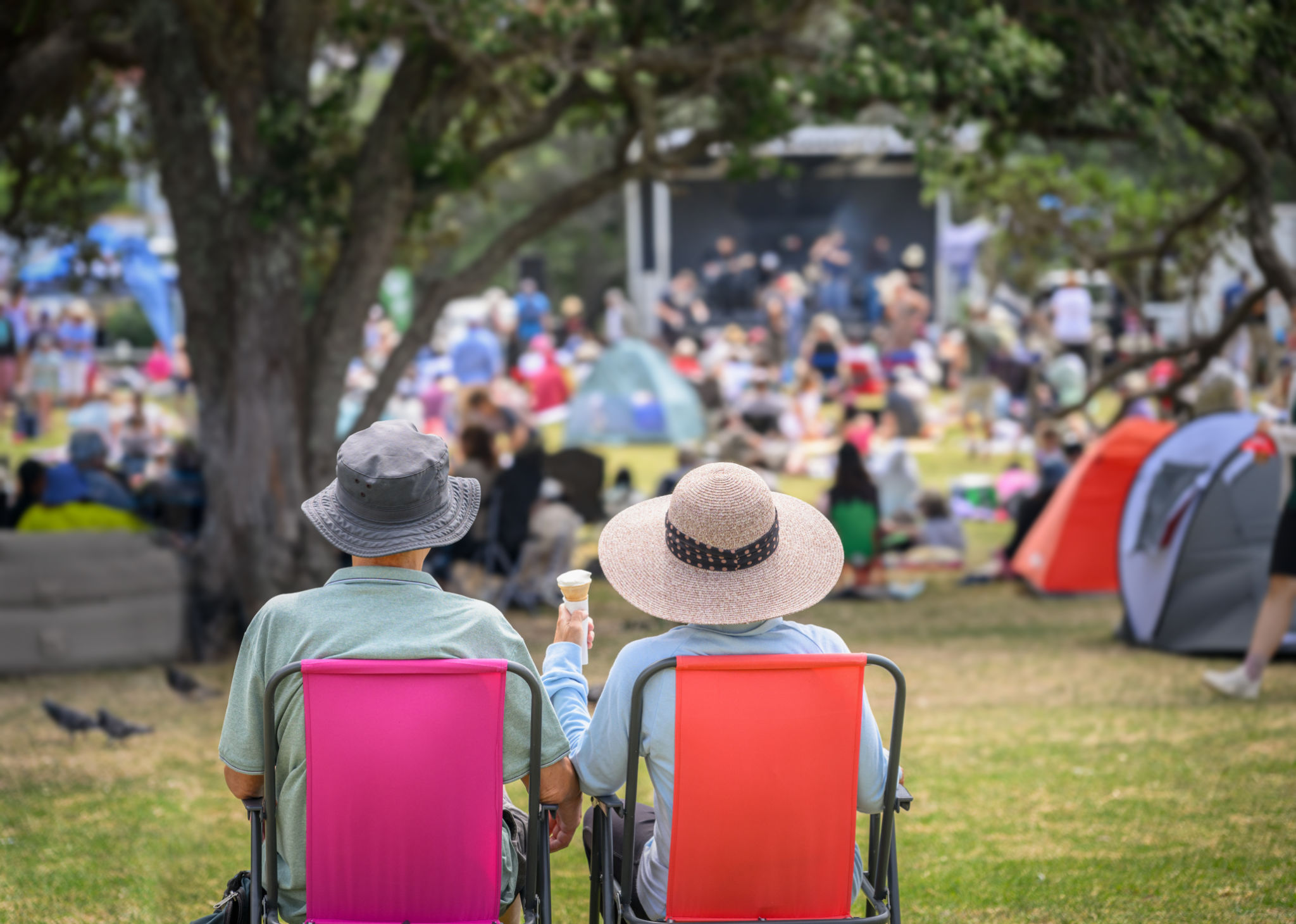Preparing for Outdoor Events: Seasonal Tips for Ensuring Medical Safety
Understanding the Importance of Medical Safety at Outdoor Events
Outdoor events offer a unique opportunity to enjoy nature, socialize, and celebrate. However, ensuring medical safety is crucial to make these gatherings enjoyable and secure for everyone involved. Whether it's a summer festival, a fall fair, or a winter ice-skating event, preparations for medical safety should not be overlooked.

Conducting a Risk Assessment
Before planning any outdoor event, it's essential to conduct a comprehensive risk assessment. This process involves identifying potential hazards and determining the likelihood and impact of these risks on attendees. Consider factors such as the location, expected number of participants, seasonal weather conditions, and the nature of activities planned.
Once risks are identified, implement measures to mitigate them. For instance, if the event is in a remote area, ensure there are adequate communication systems and emergency services access. Planning for contingencies can significantly reduce the risk of medical emergencies.
Weather Considerations and Precautions
Weather can be unpredictable, making it a critical component of event planning. In summer, high temperatures can lead to heat-related illnesses like heatstroke and dehydration. Provide shaded areas, supply plenty of water stations, and educate attendees about recognizing signs of heat exhaustion.
In colder months, hypothermia and frostbite become concerns. Ensure there are warm shelters available and advise attendees to dress in layers. Regular weather updates can help in making quick decisions if conditions change unexpectedly.

First Aid and Medical Preparedness
Having first aid stations strategically placed throughout the event area is vital. These stations should be stocked with necessary supplies such as bandages, antiseptics, and basic medications. Trained medical personnel or volunteers should be present to assist in case of injuries or health issues.
It's also advisable to have an emergency response plan in place. This includes clear communication channels, evacuation routes, and coordination with local emergency services. Knowing who to contact and how to act in an emergency can save precious time.

Communicating Safety Information
Effective communication is key to ensuring that all attendees are aware of safety protocols. Use signage, public announcements, and digital platforms to disseminate information about first aid locations, emergency procedures, and safety tips.
Encourage attendees to report any medical emergencies they witness immediately. Having a well-informed crowd can help in early detection and resolution of potential issues.
Health Checks and Hygiene Measures
Especially relevant in current times, health checks and hygiene measures play a pivotal role in maintaining safety at outdoor events. Consider implementing temperature checks and providing hand sanitizing stations throughout the venue.
If feasible, encourage attendees to wear masks when in crowded areas or when social distancing cannot be maintained. Clear guidelines and visible reminders can help reinforce these practices.

Post-Event Evaluation
After the event, conduct a thorough evaluation to assess the effectiveness of your medical safety measures. Gather feedback from attendees, staff, and volunteers to identify areas for improvement. Documenting these insights will be invaluable for planning future events.
An effective post-event evaluation helps create a culture of continuous improvement, ensuring each subsequent event is safer and more enjoyable than the last.
By prioritizing medical safety with these seasonal tips, you can ensure that outdoor events remain joyful occasions for everyone involved. Proactive planning not only safeguards attendees but also enhances the overall success of your event.
